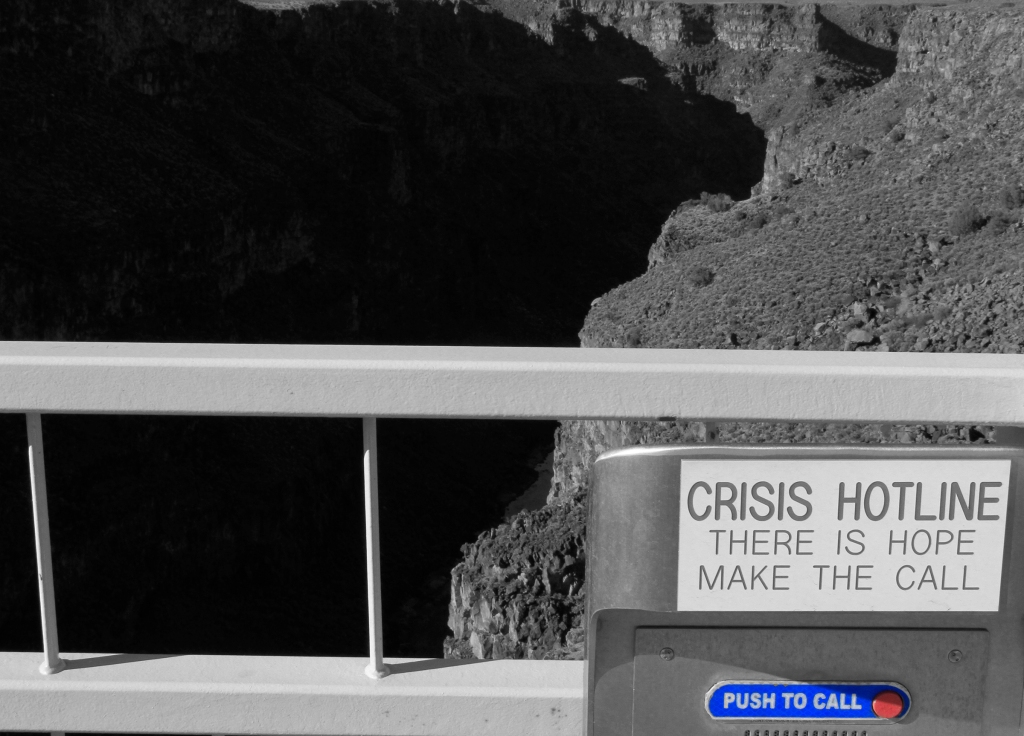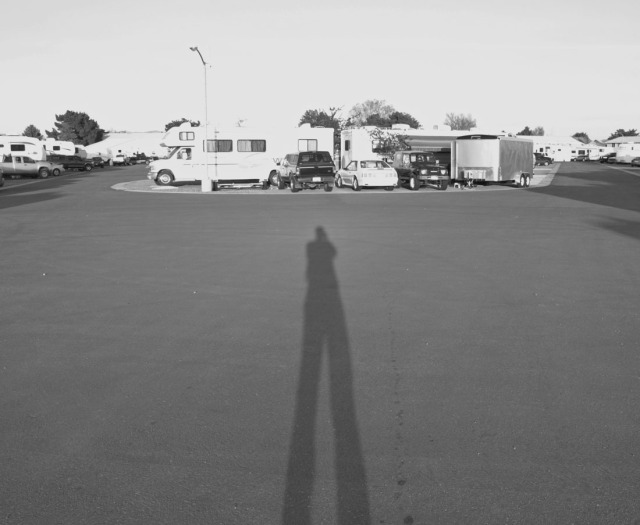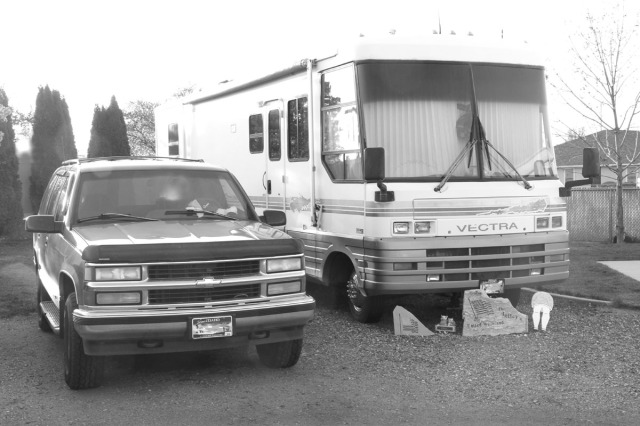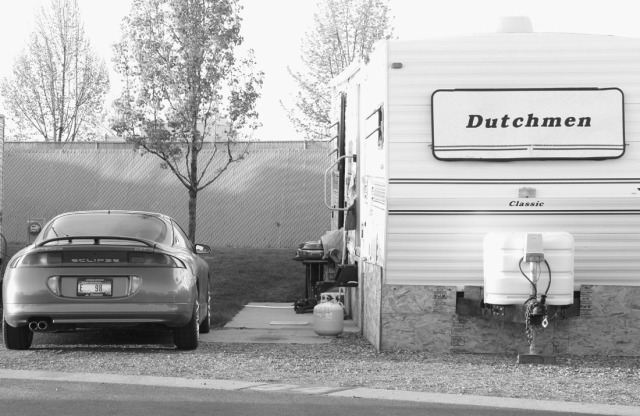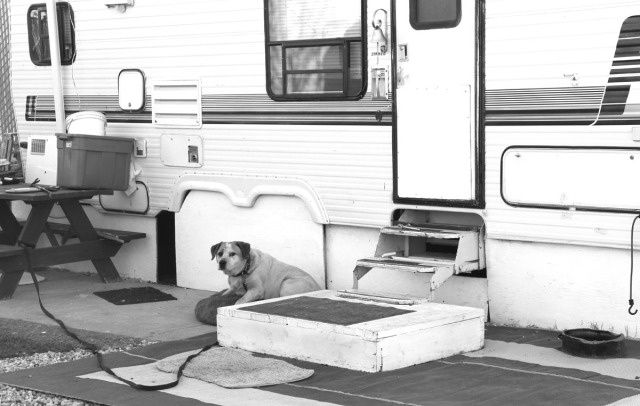While 2010 was the year of the mall flash mob, 2012 seems to be the year of the mall shooter. Both are planned but also impulsive acts intended to startle and amaze. Only with radically different motives and outcomes. One is about joy and the other terror; one delivers hallelujahs, the other a hail of pain and grief. One is an exercise in disdain and defiance; the other a symphony of harmony and concord. This impulse to interrupt, or disrupt, custom and convention seems to be firmly embedded in our cultural genome. How do we encourage the one tendency that is about affirmation and communion, and discourage and disarm the other which is about rejection and division?
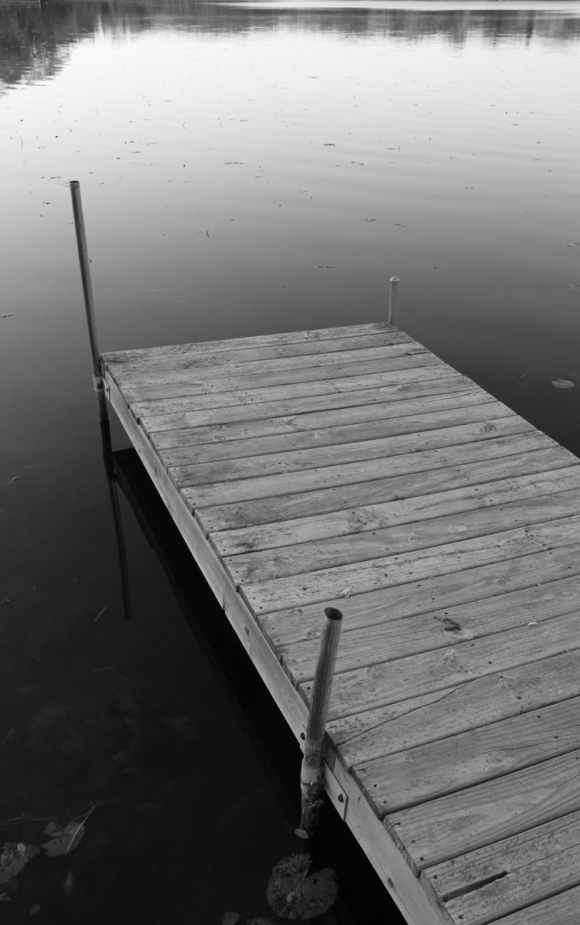
The question presses more urgently with yesterday’s news of the carnage in Connecticut where a gunman ended the lives of 20 children under age ten and seven adults, before taking his own life, a scenario that mirrors so many other mass attacks, including last Tuesday’s shooting spree in a Portland, Oregon mall. This slaughter of the innocents compounds and confirms the slaughter of our innocence. Bewildered by the incongruence of gunfire in a suburban mall, or school, or temple, everyone joins the chorus asking, Why? A question not easily answered, and one which may be unanswerable for any one of these senseless acts.
In 2007 Seung-Hui Cho shot and killed 32 people and wounded 17 others before taking his own life. Cho had been diagnosed as suffering from anxiety disorder, and accused of stalking fellow VT students. And yet was able to purchase two semi automatic pistols. In his rambling 1800 word manifesto he mailed to media outlets between his two assaults at Virginia Tech, Cho claimed to have been forced into a corner and crucified, leaving him only one option.
Less than a year later, another torrent of bullets at another college campus, by another unbalanced student taking a number of lives including his own. In this case Northern Illinois University in DeKalb where Stephen Kazmierczak killed five students and faculty before turning his gun on himself. When he entered the lecture hall where an oceanography course was in session, Kazmierczak was wearing a black T shirt emblazoned with the word Terrorist superimposed on the image of an assault rifle, and brandishing three semiautomatic pistols, a knife, and a 12 gauge Remington Sportsman shotgun concealed in a guitar case. A 2006 graduate of NIU, Kazmierczak was described by NIU police as a “fairly normal” and “unstressed person,” at least during his time as an undergraduate student. A month before the shootings, Kazmiereczak enrolled as a graduate student in the University of Illinois at Urban Champaign’s school of social work. And in the weeks that followed he stopped taking the medication for his depression. Mystified by his actions, his girlfriend told reporters that “he was anything but a monster” and said she found him to be “probably the nicest, most caring person ever.”
Just four days before the killing of the innocents in Connecticut, Jacob Tyler Roberts, 22, released his demons in the Clackamas Town Center mall in Happy Valley, a suburb of Portland, Oregon, through the barrel of an AR-15 semiautomatic rifle. A hospice nurse, and a small business owner died, another woman was seriously injured. Not surprisingly, everyone was shocked that such a normal person could commit such senseless acts. A friend described him as “a very loved individual,” one who appeared to have “great intentions and a heart of gold.”
Using a semiautomatic handgun, Wade Michael Page this past August killed six people at a Sikh temple in Oak Creek, Wisconsin, before being wounded by police and taking his own life. A former U.S. Army psychological operations specialist, Page was involved in the white supremacist movement and was active in several Neo-Nazi bands. Though no one mentioned him having a heart of gold, a neighbor of Page’s in Cudahy, Wisconsin, said he was “stunned” by the news, and though noting Page was upset over a recent breakup with his girlfriend, he did not seem angry, said the neighbor.
Then there was last July when James Eagan Holmes entered an Aurora, Colorado theater and allegedly killed 12 people and injured 58 others during a premiere of the Batman movie, The Dark Knight Rises. The guns used in the shooting included a 12 gauge Remington Express tactical shotgun, a Smith and Wesson M&P15 semiautomatic pistol, and a Glock22 semiautomatic pistol. The 24-year old former graduate student in the University of Colorado’s neuroscience program surrendered to the police behind the cinema, reportedly claiming to be “the Joker.” His attorneys have stated he is suffering from mental illness.
We as a society seem to be suffering from some form of mental illness, perhaps schizophrenia, or at least a denial that we are seriously disordered. Seven mass shootings in five years across the country is not the rare exception of a sound society, nor simply the expected cost of a society reshuffling its economy and socio-political order. Something is seriously amiss, and it is getting worse, not better.
In the aftermath of the gunfire, the gurneys and the memorials, we keep asking why, not so much as a question as an exclamation. With a tragedy this horrifying and far-reaching, who can answer such a plea other than God? And what would or could God say that would suffice?
When a tsunami snuffs out over 200,000 lives around the Pacific basin, the epic scope of the loss implores us to question how God could allow such destruction to occur. But we don’t question the causes or motives of the event as those are quite clear, the subduction of tectonic plates, or the collision of warm and cold fronts. The question we pose to God is not why or how it happened, but why God let it happen.
We ask that too when the social compact is torn or shattered by acts of violence, but too often leave it at that, knowing this query into theodicy is unanswerable.
Answers are available though, if we reword the question, turning it away from God and focusing it on ourselves, our families, our communities, and our institutions. We may not know what mix of reason and delusion drove these disturbed individuals to pull the trigger, reload, and keep on pulling. But we can discover and define the conditions that set them on this course.
Are we needing better monitoring of persons with mental health disorders? Probably. Could our efforts at treating mental health disorders benefit from more research and funding? Definitely. Should we be doing more to address racism and hate crimes? Very much so. Would better security provisions at schools and public venues help? Probably. Could our regulations on selling and licensing firearms be strengthened? Ideally, yes.
But something more fundamental needs addressing: how we understand, or fail to understand, ourselves as interdependent and mutually responsible members of civil society. We have so much work to do in this regard.
Alienation and polarization are infecting nearly every level of our political discourse, and undermining our civic and familial relationships. Cooperation and compromise are disregarded by our governors and legislators in favor of brinkmanship and self-righteousness, ostensibly in defense of a greater good, but in actuality the good is less about principle than principality. What began 400 years ago on the shores of Virginia and Massachusetts as a covenant community has become an association of independent contractors, beholden not to a common wealth but to their own self interests.
In a culture forged out of the violent assertion of human rights and liberty, the qualities of courage, self-reliance and sacrifice have mutated through the dissolution of various social compacts to the point that what we herald and express are corruptions of these principles. Antipathy, egocentrism, intolerance, and narcissism are really what are playing out in our boardrooms, our dorm rooms, our playrooms and our bedrooms.
On almost every level of our social intercourse, good will has been supplanted by self will, both by accident and design. And the cost incurred is fists and bullets flying not only on Chicago street corners or in Colorado movie theaters, but along expressways with outraged drivers, at checkout counters, health clinics, church services, and far too often our living rooms and bedrooms.
Before Kansas City Chiefs linebacker Jovan Belcher killed himself in the Chiefs training facility parking lot, he shot and killed his girlfriend at their Kansas City home. Before Adam Lanza entered the Sandy Hook elementary school, it appears he shot and killed his mother at her Newtown home. Before we can solve the shortcomings in security processes and firearms control, we need to address the shortcomings in how we understand and support healthy relationship. Equal attention must also be given to our reverence and appetite for violence, institutionally and interpersonally. For every Wounded Knee and Thibodaux, there are a thousand counterparts on our playgrounds, in our classrooms, in our meeting rooms, on campaign platforms, in food courts and video arcades, around our kitchen tables and inside our bedrooms. H. Rap Brown famously declared during the 60’s race riots and police actions “that violence is as American as cherry pie.” But that doesn’t mean we have no recourse to continue eating that pie. We can choose an alternative.
Dr. Drew Pinsky, the well known addiction specialist who operates the Pasadena Recovery Center, gave his diagnosis to CNN yesterday: “Someone going purposefully and killing small children. This is the world we live in. This has got to change. Our culture is sick.”
We are sick, and have been sick for a quite a while. Before this week, before Oak Creek, before Columbine, we suffered, and never really acknowledged the psychological, spiritual, and moral deformation afflicting our relationships at every level—familial, collegial, social, professional, political. And as every 12 stepper knows, the first movement towards rehabilitation and recovery is recognition that we have a problem and need help.
Yes, we need to light candles, assemble memorials, and ask the unanswerable. But we need to summon the courage to tackle the questions that can be answered, and truly commit to our healing, as a society and people of God. Starting today.


